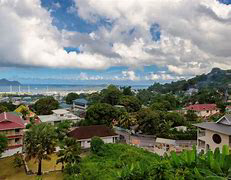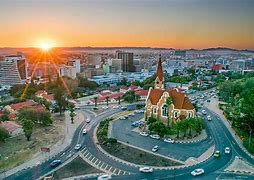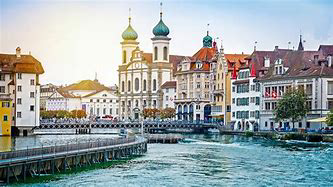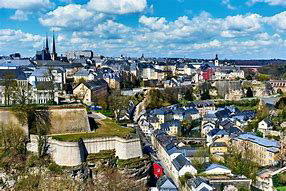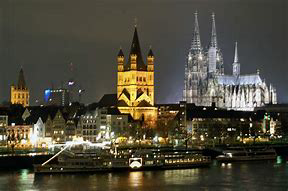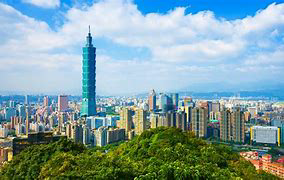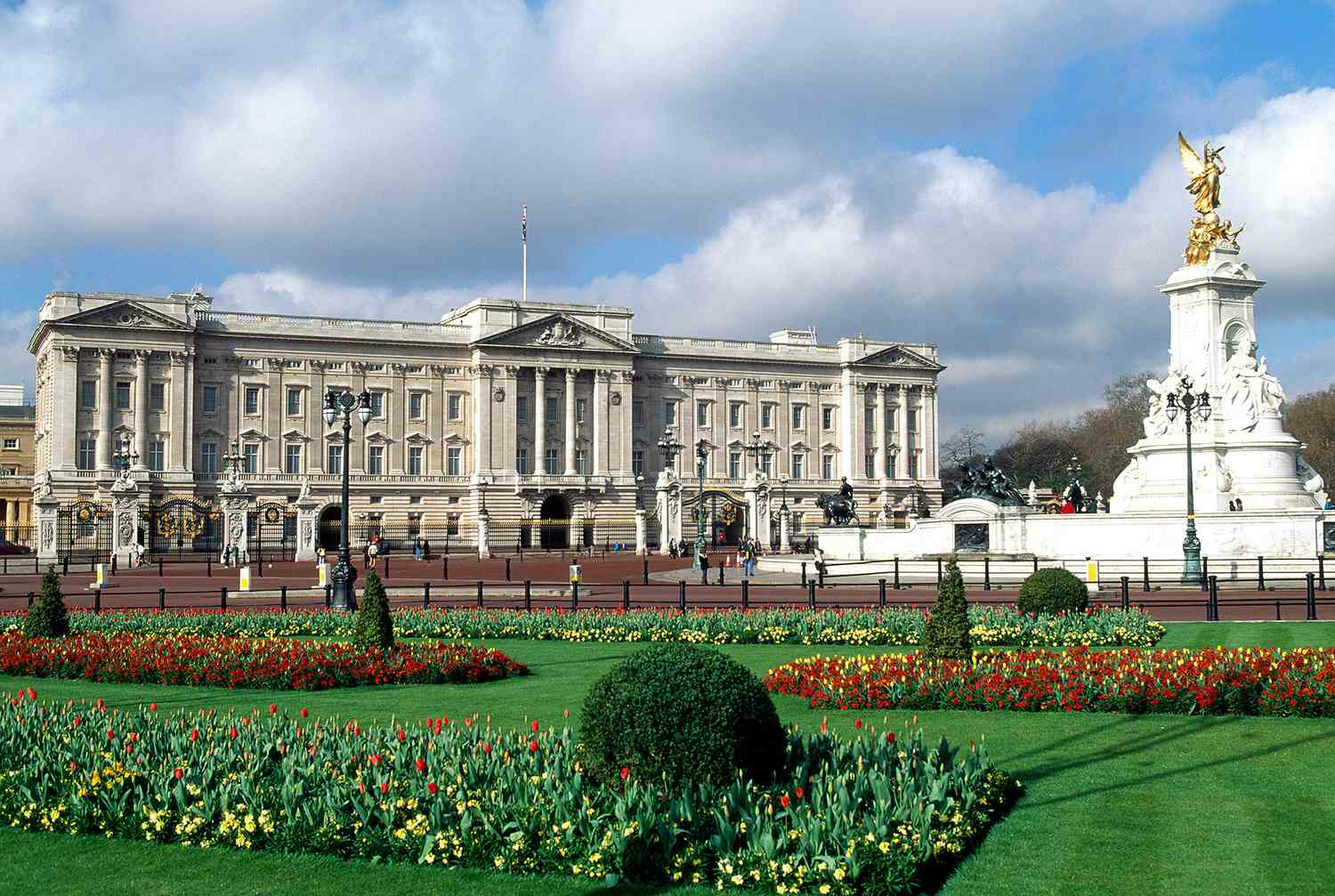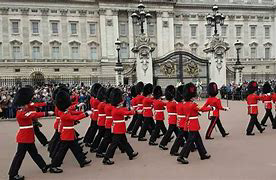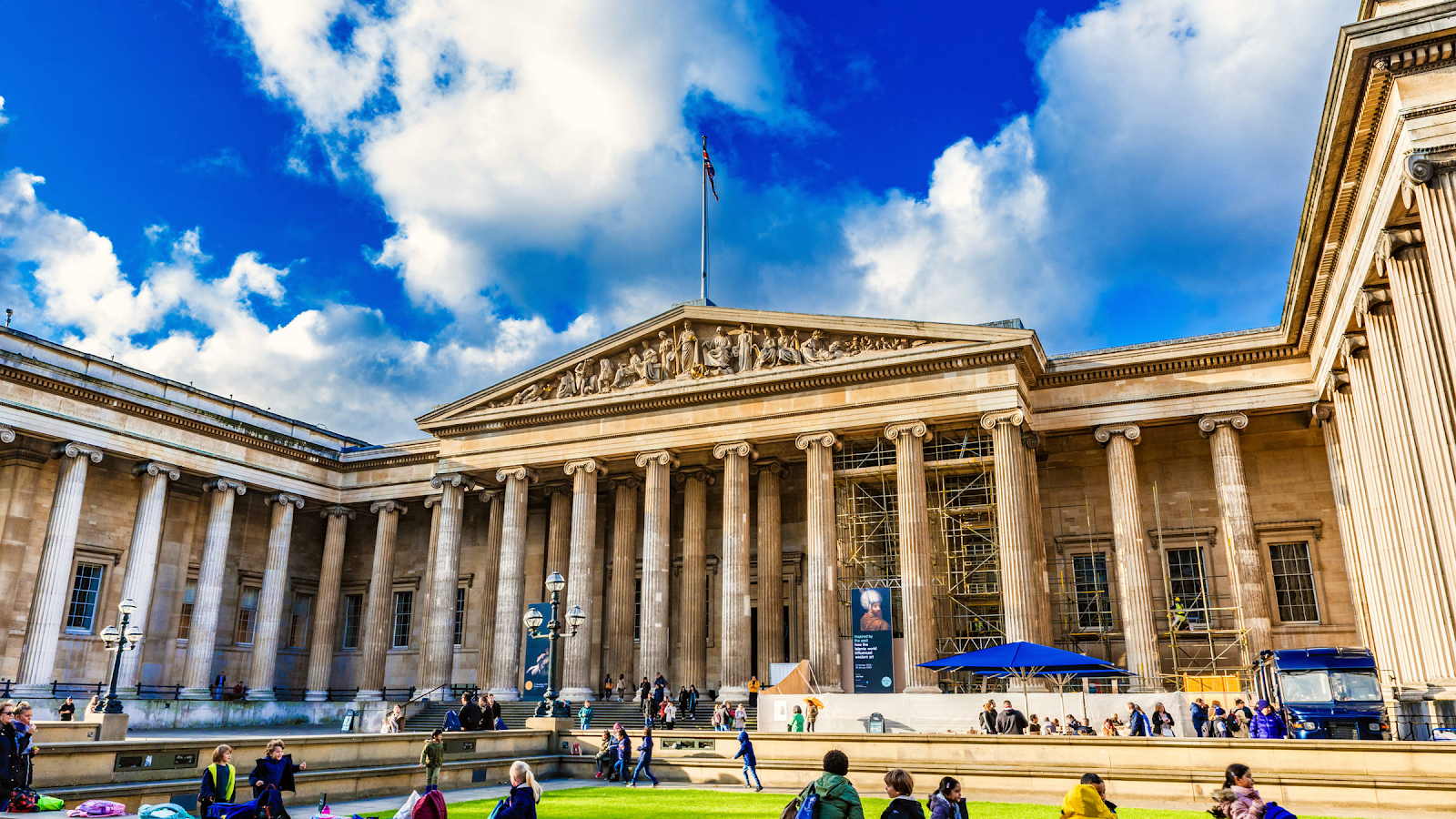When it comes to safety, Africa is a diverse continent with countries that vary in terms of stability, crime rates, and security. While it's essential to research and stay informed about specific regions and local conditions, there are several countries in Africa that are often recognized for their relatively higher safety levels. Here are some of the safest countries in Africa:
1. Botswana
Botswana is known for its political stability, low crime rates, and commitment to conservation. The country's well-managed national parks, such as the Okavango Delta and Chobe National Park, offer incredible wildlife experiences in a safe environment. Visitors can enjoy game drives, boat cruises, and guided walking safaris with the assurance of a secure and well-regulated tourism industry.
2. Mauritius
Mauritius is a small island nation located in the Indian Ocean, known for its stunning beaches, vibrant culture, and safety. With a low crime rate and stable political environment, Mauritius offers a tranquil setting for travelers. Whether relaxing on the pristine beaches, exploring the colorful markets, or indulging in water sports, visitors can enjoy their time in Mauritius with peace of mind.
3. Seychelles
Seychelles, an archipelago of islands in the Indian Ocean, is often regarded as one of the safest destinations in Africa. The country's focus on sustainable tourism, strict environmental regulations, and emphasis on preserving its natural beauty contribute to its reputation for safety. Travelers can immerse themselves in the paradise-like landscapes, including white sandy beaches and crystal-clear waters, while feeling secure throughout their visit.
4. Ghana
Ghana is known for its political stability and welcoming atmosphere. The country has a relatively low crime rate compared to some other African nations, making it a safe destination for travelers. Ghana offers a rich cultural experience with historical sites like Cape Coast Castle and Elmina Castle, vibrant markets, and warm hospitality. Exploring the bustling streets of Accra or venturing into the Ashanti region allows visitors to discover Ghana's diverse heritage with peace of mind.
5. Rwanda
Rwanda has made remarkable progress in terms of safety and security since the tragic events of the 1994 genocide. The country is now recognized for its stability, efficient governance, and commitment to environmental conservation. Rwanda's flagship attraction is its mountain gorilla population in Volcanoes National Park, where visitors can embark on gorilla trekking experiences in a safe and well-regulated environment. Additionally, exploring the capital city of Kigali offers insights into the country's resilience and vibrant culture.
6. Namibia
Namibia, with its vast desert landscapes and unique wildlife, is considered one of the safest countries in Africa. It has a relatively low crime rate and a stable political environment. Namibia's star attractions include the iconic red dunes of Sossusvlei, the wildlife-rich Etosha National Park, and the scenic coastal town of Swakopmund. Whether self-driving through the country or joining guided tours, travelers can enjoy Namibia's natural wonders with a sense of security.
7. Tunisia
Tunisia, located in North Africa, has long been a popular destination for travelers seeking a mix of history, culture, and beautiful Mediterranean beaches. Despite occasional security concerns in certain regions, the country has implemented robust measures to ensure the safety of tourists. Tunis, the capital city, offers a fascinating blend of ancient ruins and modern attractions, while coastal resorts like Hammamet and Sousse provide opportunities for relaxation and recreation in a safe environment.
8. Morocco
Morocco is known for its vibrant culture, breathtaking landscapes, and welcoming hospitality. The country has made significant investments in tourism safety and infrastructure, making it a popular destination for travelers. From exploring the bustling souks of Marrakech to trekking in the Atlas Mountains or discovering the historic medinas of Fes and Chefchaouen, visitors can immerse themselves in the enchanting Moroccan experience while feeling relatively safe.
9. Senegal
Senegal, located in West Africa, is considered one of the safest countries in the region. With its political stability, welcoming atmosphere, and low crime rates, Senegal offers a diverse range of experiences for travelers. Dakar, the capital city, provides a mix of modern amenities and cultural attractions, while destinations like Saint-Louis and the Casamance region offer opportunities to explore the country's history, music, and natural beauty.
10. Zambia
Zambia, known for its stunning landscapes and abundant wildlife, is considered one of the safest countries in Southern Africa. The country's well-managed national parks, including South Luangwa and Lower Zambezi, provide opportunities for game drives, walking safaris, and river cruises in a secure environment. Victoria Falls, one of the Seven Natural Wonders of the World, is another highlight that visitors can enjoy while feeling relatively safe.
While these countries are often regarded as safer destinations within Africa, it's crucial to remember that safety conditions can vary within each country and can change over time. It's advisable to check the latest travel advisories, follow local laws and customs, and take necessary precautions to ensure a secure and enjoyable travel experience.



